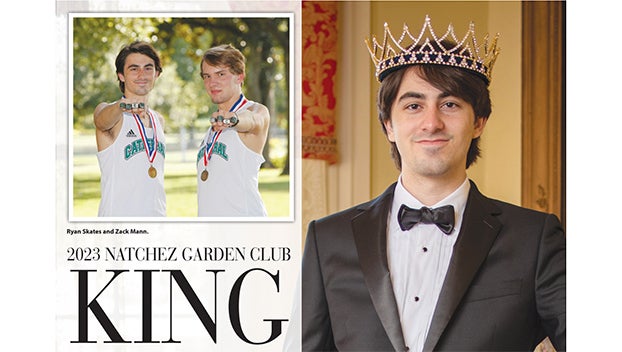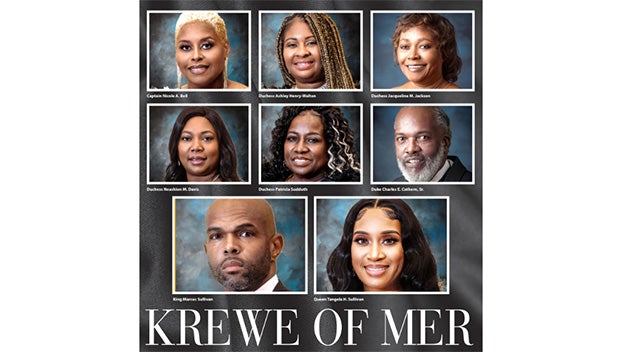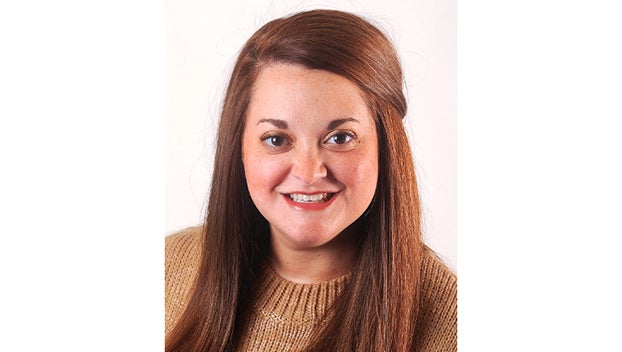Focus on root rose cuttings now
Published 12:01 am Sunday, November 6, 2016
Now is a good time to root rose cuttings. You can produce more plants in your garden or trade your cuttings with neighbors and other fellow gardeners to increase variety. Rooting the cuttings is fairly simple. Below are some instructions from the American Rose Society and the Mississippi State University Extension Service.
• The easiest part of the rose to root is the tip of stems that have recently bloomed. When the flower has matured and the petals are falling off is the best time.
• The flower heads should be removed down to the first set of healthy leaves. Cuttings should be 6 to 8 inches long. Make clean cuts using sharp cutters. Do not allow the cuttings to dry out.
• Scrape bark on the lower part of the cutting (do not cut into the wood). This will encourage the cells in the scraped area to grow to heal the cutting. The part of the cutting below ground will respond with root new growth.
• Leave some foliage on 2-3 buds. Place 2-3 buds above the soil level and 1-2 buds below the soil. Leaving some foliage exposed allows for photosynthesis to produce energy for the cutting while it is rooting. Using rooting hormone readily available in any garden center will help encourage root growth.
• The rooting media should be well drained and loose, not soggy.
• Keep your cutting in bright light but not direct sunshine. The foliage likes high humidity; a periodic mist is helpful to maintain moisture.
November is also the best time to plant new trees and shrubs. Planting in the fall allows the plantings to establish a good root system before spring growth.
Plan garden activities around the first freeze date. There is a 10 percent chance of the first freeze happening by Oct. 27, luckily we already escaped that. There is a 50 percent chance of a freeze by Nov. 14 and a 90 percent chance by Dec. 2. So if you check the long-term forecast around Nov. 14 and all looks good you still should not push it past Dec. 2.
You know I can’t let fall go by without reminding you to mulch. Mulch will protect your plants from harsh winter temperatures and help maintain moisture in the soil. After you mulch, you have my permission to be lazy. Leave fallen leaves in your beds, they are additional mulch and will eventually decompose back into the soil. However, do not let the leaves remain on lawns or on top of groundcovers. Allow spent flowers to remain where they are to allow reseeding. Some of the seed heads can provide food for wildlife.
Email your questions or comments to me at newsroom@natchezdemocrat.com.
Karen O’Neal is an Adams County Master Gardener. She writes a monthly gardening column for The Democrat.





